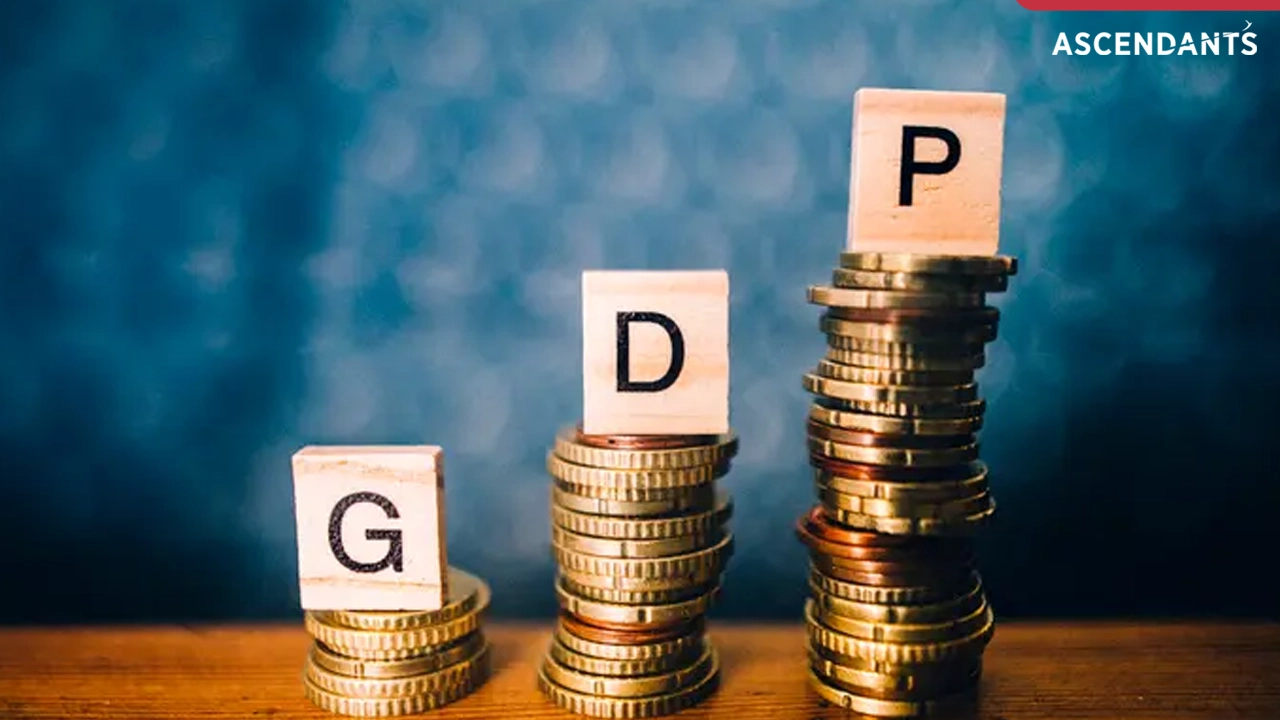India’s economy is expected to have a consistent growth rate of 6.5% in the financial year 2025-26 on the strength of a normal monsoon, muted commodity prices, and reviving private consumption, a report by Crisil said on Monday.
The primary reason for such resilience is private consumption, which is expected to continue performing well. The complementarity between benign farm output and easing food price inflation will be expected to free family budgets for discretionary expenditure. Additionally, tax relief resulting from the Union Budget 2025-26 and higher spending in asset- and employment-generating schemes are set to add to consumption further.
The Reserve Bank of India (RBI) will not be far behind either with a 50-75 basis points repo rate cut expected next fiscal 2026. To all this cheap money, relaxation of curbs on the non-banking financial institutions should allow benefits of tightening to trickle down to the overall economy.
Investment Uncertainty and Global Trade Pressures
Although private consumption is robust, growth in investment continues to depend on private corporate Capex. The government’s Capex would return to normal, in line with fiscal deficit targets, and hence private sector contribution will be instrumental in maintaining momentum in investments.
But threats are looming on the horizon. The Crisil report is expecting heightened global uncertainty due to the US-orchestrated tariff war. This would dampen export growth as the US slaps retaliatory tariffs. Further, higher trade diversion would welcome Chinese imports, introducing another dimension of complexity to India’s trade environment.
A Closer Look at GDP Trends
India’s growth rate for 2024-25 has been pegged at 6.5%, compared to 9.2% in the last fiscal. The economy is, however, in conformity with the pre-pandemic decadal average of 6.6%, making India the fastest-growing big economy.
Hearteningly, GDP growth is forecasted to accelerate to 7.6% in the fourth quarter, while the current fiscal year is kept at 6.5%. The third quarter itself witnessed an acceleration to 6.2% year-on-year, led by an acceleration in agriculture (5.6%) and steady growth in the services sector (7.4%). Private final consumption expenditure also accelerated to 6.9%, aided by spending during the festival and wedding season.
Sectoral Insights: Manufacturing, Exports, and Services
The manufacturing industry is experiencing all-around expansion, as reflected by enhanced industrial production and building activity. Merchandise exports, downgraded in the fourth quarter, started to firm up, led primarily by services exports.
Meanwhile, government end-use spending posted a sharp acceleration, growing 5.5 percentage points to 8.3%, as a witness to firm public spending. Exports picked up very strongly, from 2.5% a quarter earlier to 10.4%, and imports dipped modestly once again.
The Road Ahead
In spite of external trade difficulties, India’s internal resilience, supported by private consumer spending, fiscal support, and relaxation in money policies, continues to remain a solid pillar for economic progress. Though risks from abroad persist, the nation’s consistent performance puts it in good stead to overcome global uncertainties and maintain its momentum as one of the fastest-growing economies in the world.
Read Also: India’s Economic Stability: Projected Growth of 6.5% to 6.7% Amid Global Changes
























